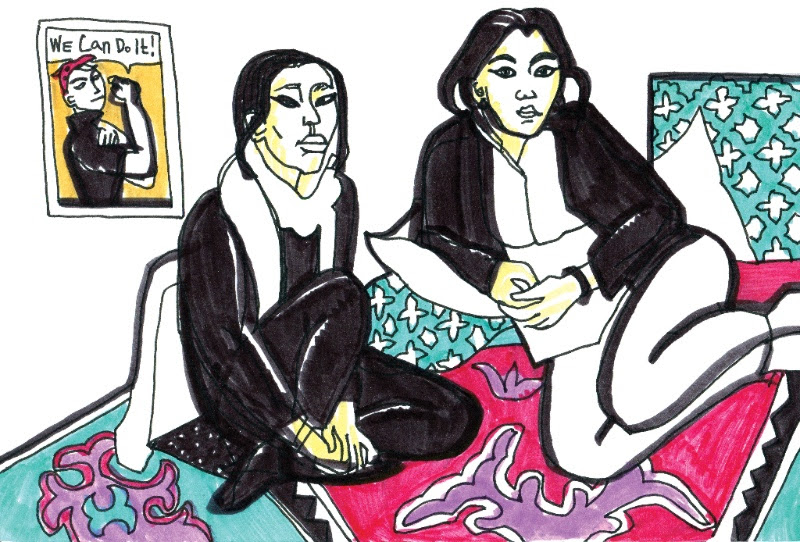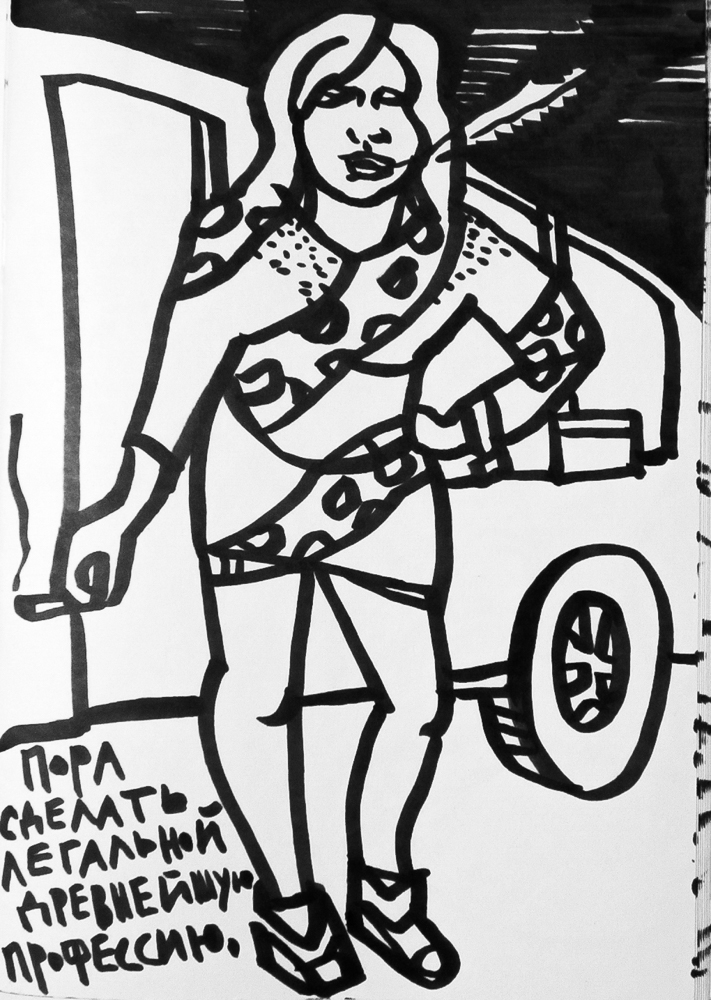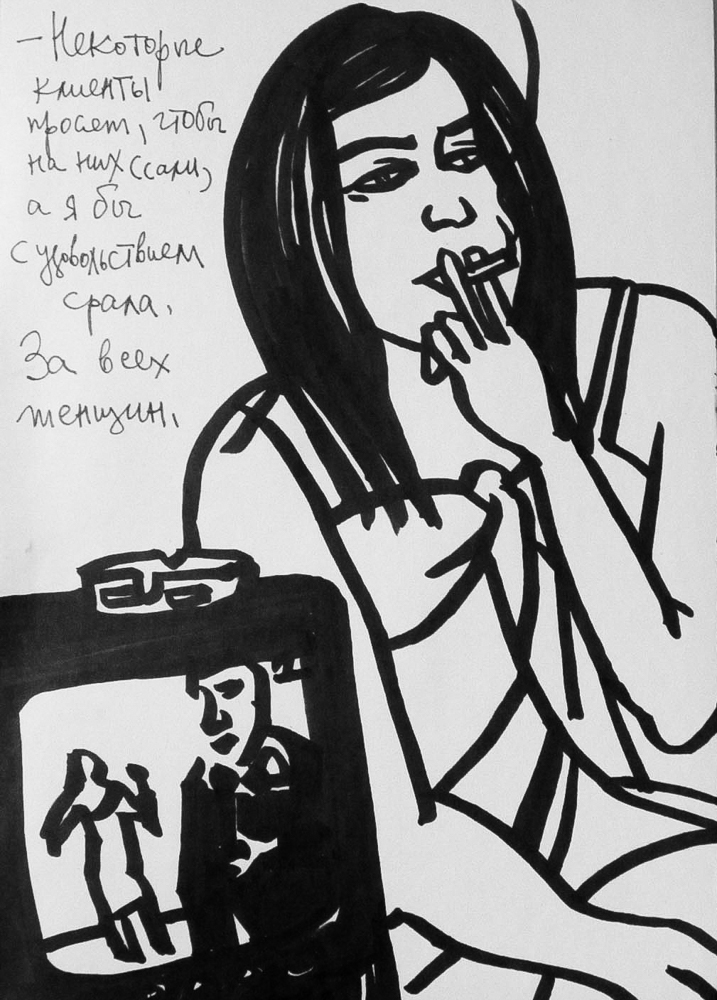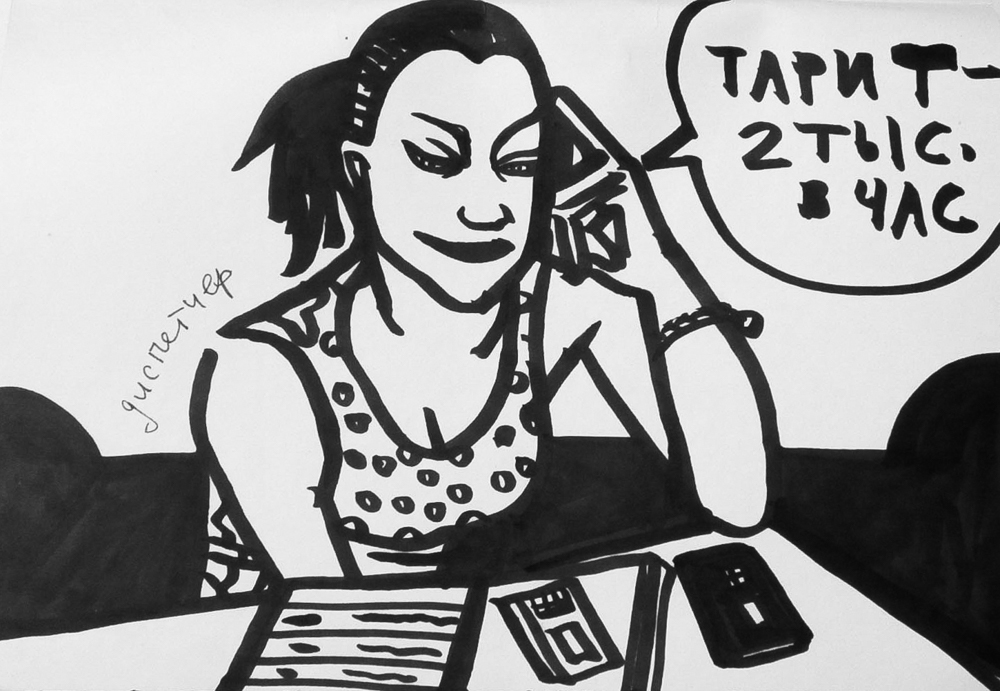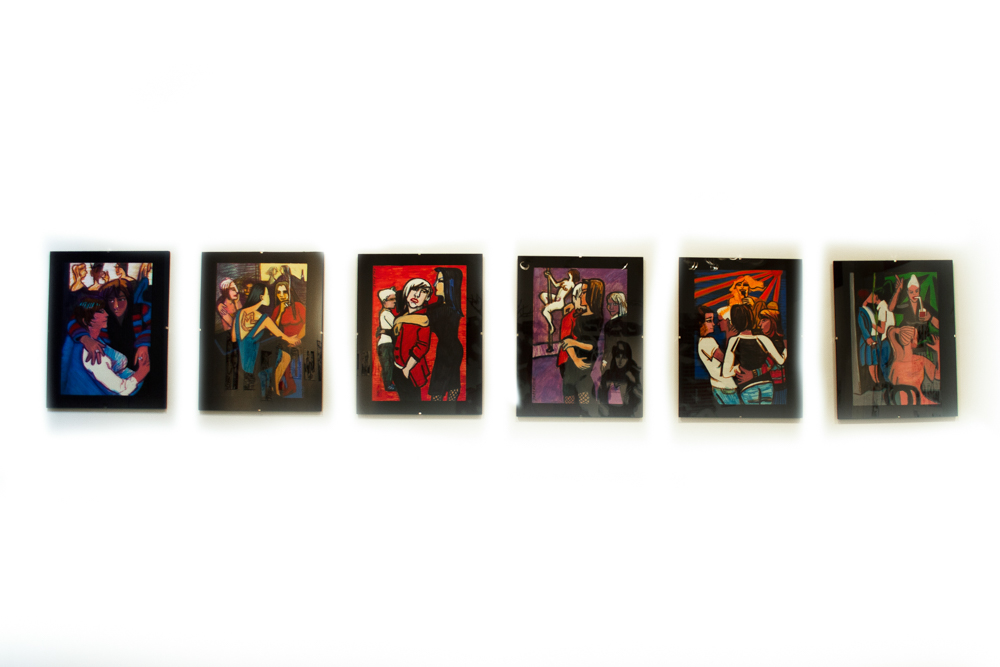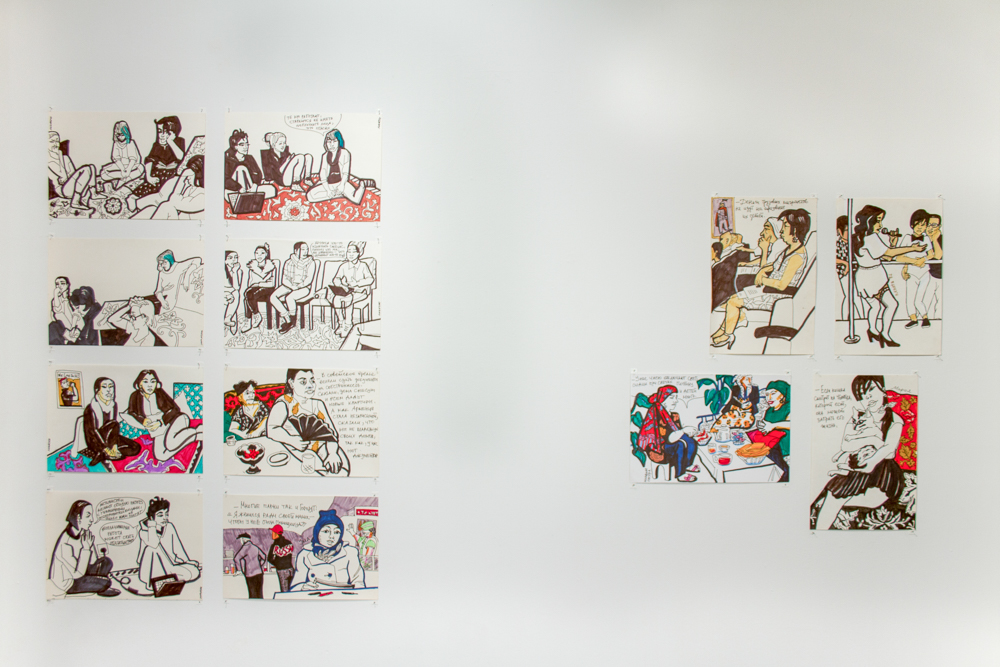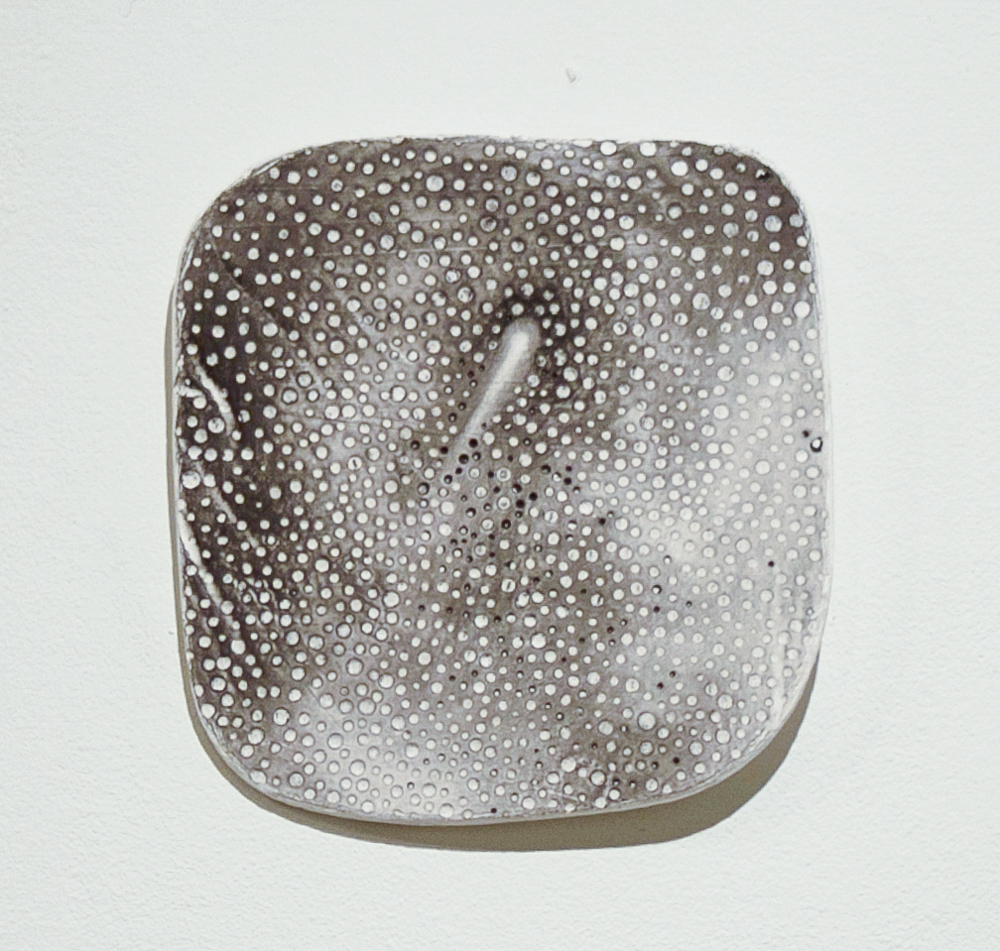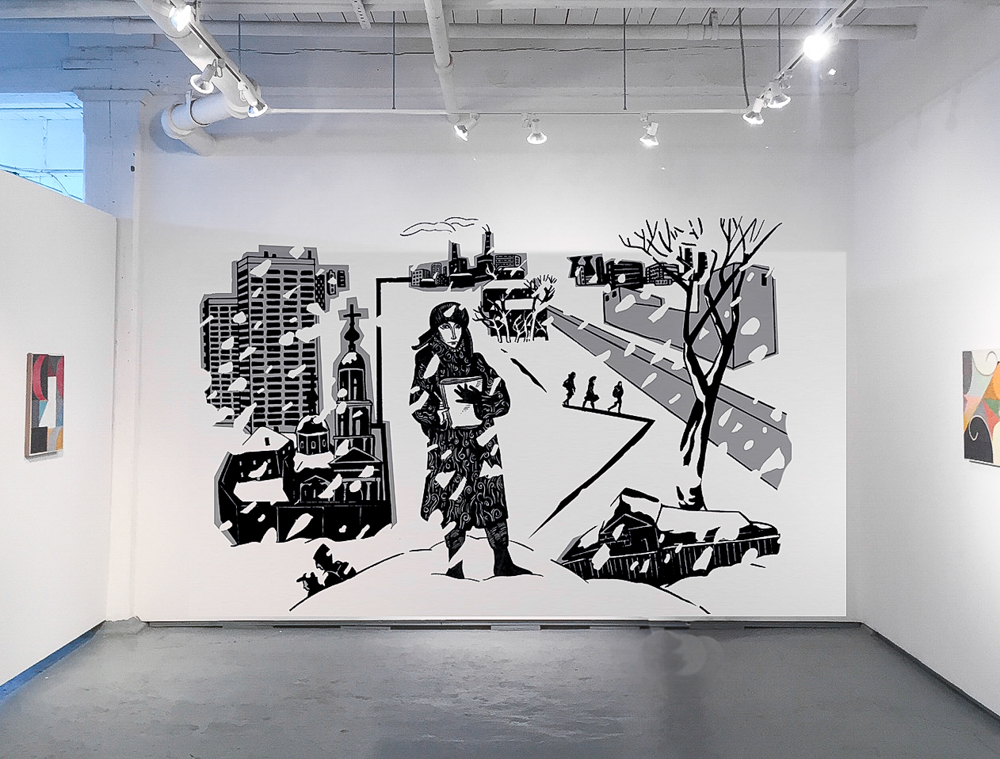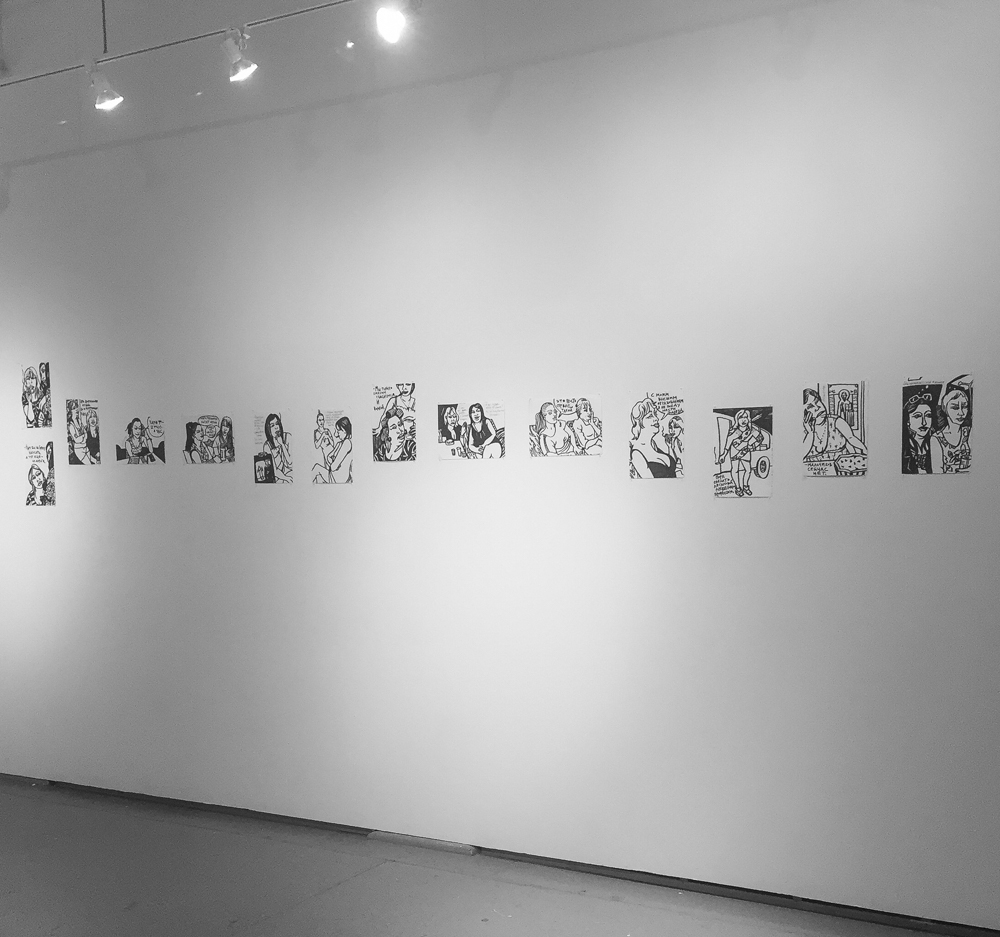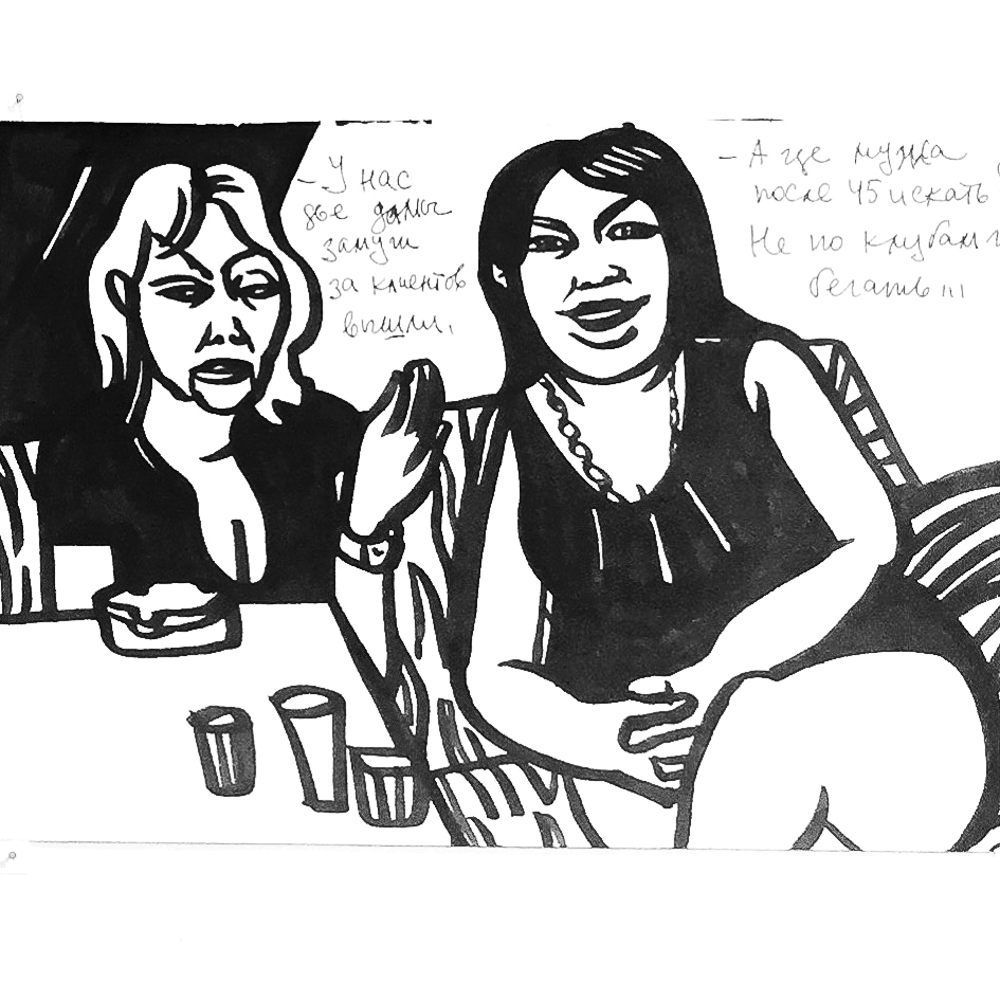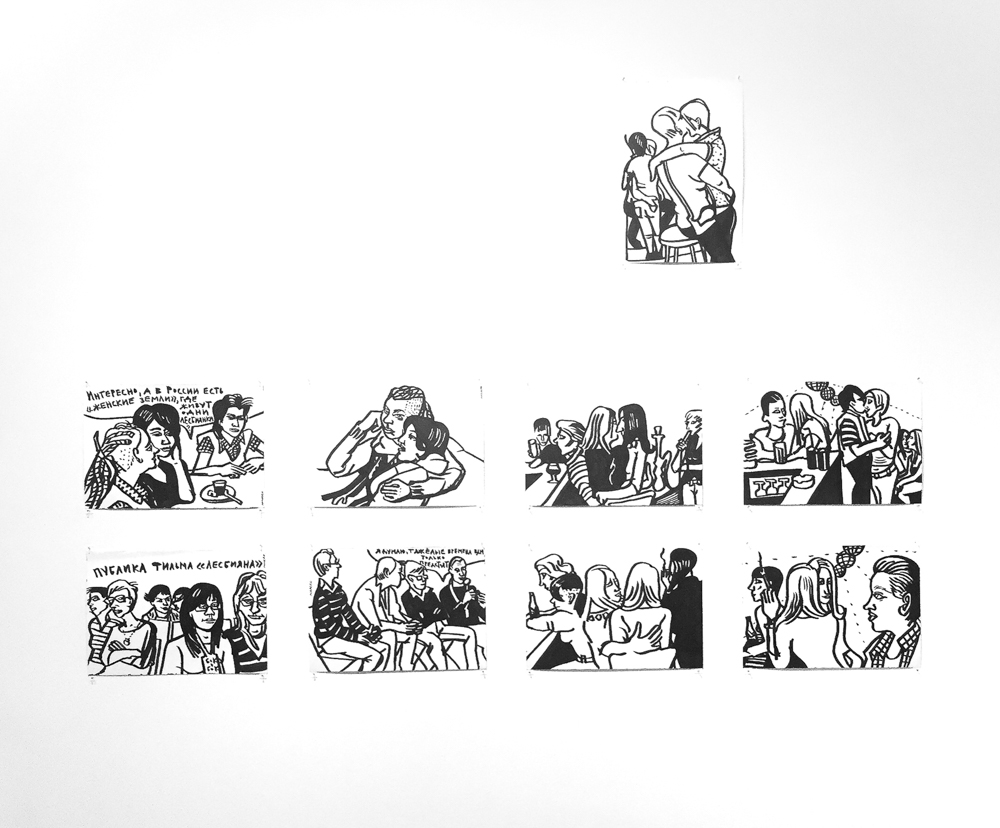Victoria Lomasko: Unwanted Women
VICTORIA LOMASKO: UNWANTED WOMEN
Curated by Leeza Meksin & Bela Shayevich
March 4 – April 9, 2017
Opening Reception:
Saturday, March 4th, 2017, 6-9pm
The subjects of Victoria Lomasko’s sensitive, insightful portraits include sex workers in Nizhny Novgorod, women in underground lesbian clubs, teachers in a remote village school, and children at the juvenile prison colonies where Lomasko volunteers as an art teacher. Lomasko is a fixture at Moscow’s political trials and protests. Not content to limit herself to the political life of the country’s capital, Lomasko travels around the country and through the former Soviet republics, exploring the domestic, psychological, and spiritual condition of its diverse marginalized groups. With empathy at the heart of her approach, Lomasko is drawn to people who challenge her, whose stories do not necessarily illustrate her own political views. In her graphic reportages, we find a panorama of modern Russian society.
Alongside her continuous artistic and journalistic work, Lomasko has emerged as a prominent feminist among her Russian contemporaries, co-curating The Feminist Pencil, an exhibition and lecture series showcasing women’s socially engaged graphic art. This show, unique in Russia (and beyond) for its non-commercial and political focus, has so far seen four incarnations, two in Moscow, one in St. Petersburg, with a fourth in Oslo, Norway, in May 2014.
Unwanted Women features drawings from her stories on modern slavery in Moscow, the everyday life of sex workers, feminist initiatives in the post-Soviet landscape, the fates of women in the Russian provinces, and repressions against the Russian LGBT community. These real women – migrant workers, feminists, sex workers, elderly women, lesbians – are considered “unwanted women” by their society. “Why am I interested in them?” Lomasko writes in her artist statement. “Because I’m a superfluous woman myself. Both as an unmarried woman with no children, and as woman artist daring to address social and political issues.”
The exhibition Unwanted Women coincides with the publication of Lomasko’s debut collection, Other Russias (n+1, 2017). In addition to being present at the opening of this show, Lomasko will be embarking on a US book tour, which will include a second show of her drawings opening at Carnegie Mellon University on March 20th.
Victoria Lomasko was born in Serpukhov, Russia in 1978. She works as a graphic artist and has lectured and written widely on graphic reportage. Lomasko is the coauthor of Forbidden Art, which was nominated for the Kandinsky Prize in 2010. She has also co-curated two major art exhibitions: The Feminist Pencil and Drawing the Court. Her work has also been exhibited in Germany, France, Poland, the Netherlands, Sweden, Lebanon, Austria, Belarus, Ukraine and the U.S. Her series have been translated into English, German, and French, and her 2011 graphic novel Forbidden Art was published in German translation in 2013. Other Russias (n+1, 2017) is the first anthology of her work, chronicling series from 2009-2016. She lives in Moscow.
Leeza Meksin is a New York-based interdisciplinary artist working in painting and installation. Born in the Soviet Union, she immigrated to U.S. with her family in 1989. Her artistic practice highlights parallels between the conventions that govern painting, architecture and our bodies. Most recently Meksin has created site-specific installations for The Utah Museum of Contemporary Art, (2016), The Kitchen, NYC (2015), BRIC Media Arts, Brooklyn (2015) and Brandeis University, Waltham (2014). She is the recipient of the Rema Hort Mann Foundation Emerging Artist Grant (2015) and the co-founder and director of Ortega y Gasset Projects since 2013. Meksin teaches at Columbia University. Her solo show Purse Strings and Body Bags is currently on view at Miller Contemporary, NYC.
Bela Shayevich is a Soviet-American artist and translator. Her published books include Svetlana Alexievich’s Secondhand Time, and Vsevolod Nekrasov’s I Live I See, co-translated with Ainsley Morse.

